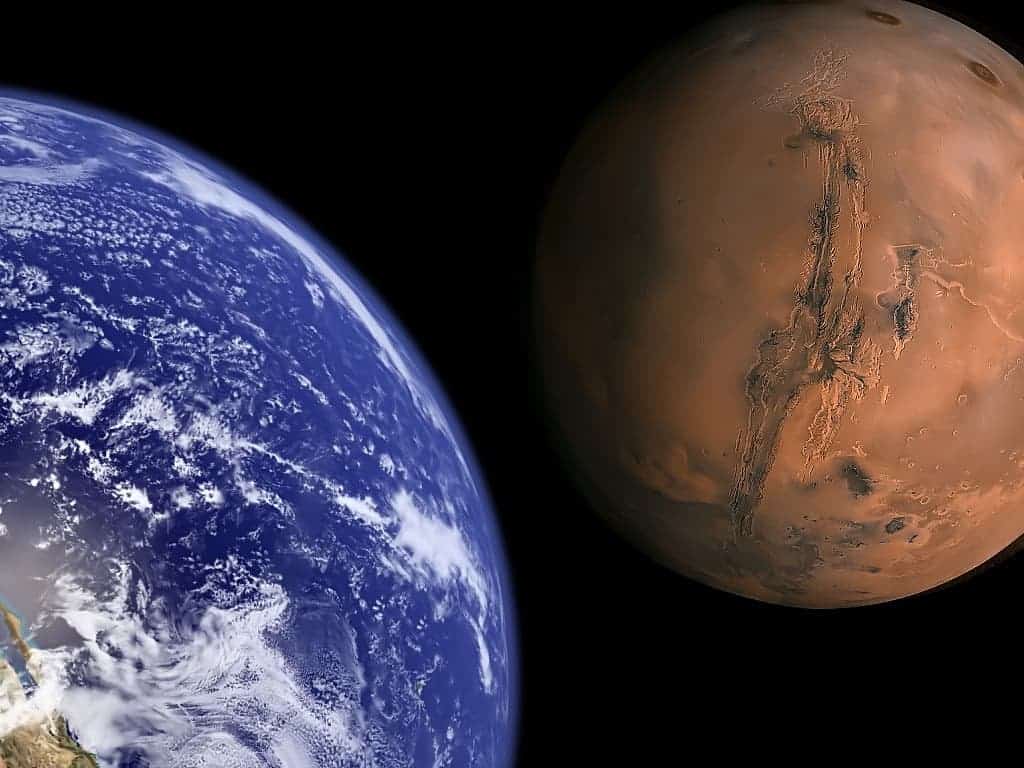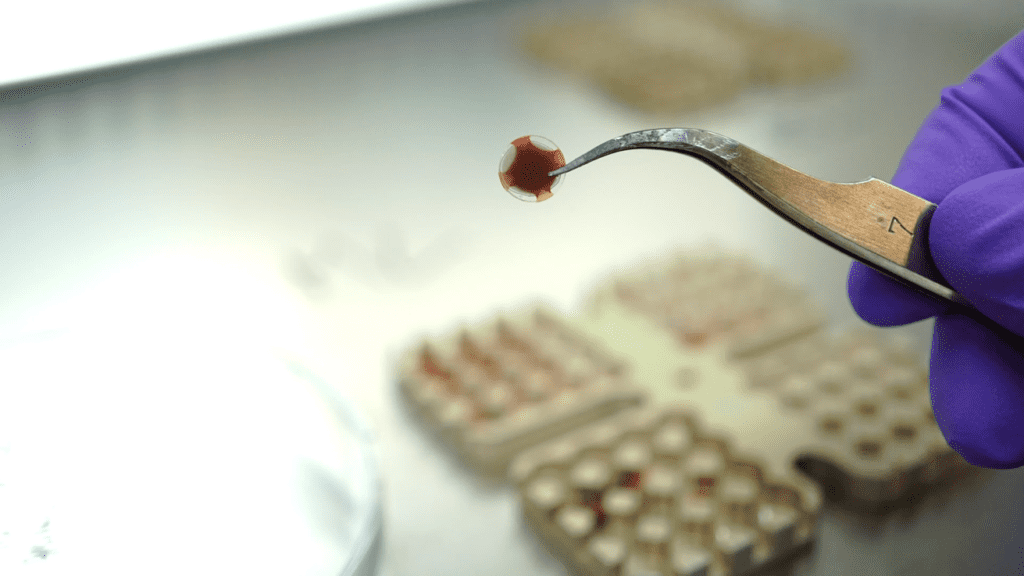In a new study, NASA and German Aerospace Center scientists found that Earth microbes can withstand Martian conditions, which means we could use them there, but they could also pose risks for astronauts.

Sturdy microbes
You’re never really alone. You’ve got a gazillion tiny critters on yourself at any given moment. Most are harmless. Some can be useful — and of course, some can be harmful.
Try as we might (and space agencies do try), there’s no realistic way to eliminate all microbes from a crewed mission. Even with all the available decontamination procedures, you can’t really kick all off them from everywhere. If (or perhaps when?) we fly astronauts to Mars, the mission will bring some microbes along, like it or not.
Some have suspected that this wouldn’t matter at all, because the microbes just wouldn’t be able to survive on Mars. But a new study says otherwise.
“We successfully tested a new way of exposing bacteria and fungi to Mars-like conditions by using a scientific balloon to fly our experimental equipment up to Earth’s stratosphere,” reports Marta Filipa Cortesão, joint first author of this study from the German Aerospace Center, Cologne, Germany. “Some microbes, in particular spores from the black mold fungus, were able to survive the trip, even when exposed to very high UV radiation.”
The endurance of microbes and their ability to withstand Martian conditions is important for any human Mars mission. For one, they could be dangerous for astronauts, or confuse them — finding life forms on Mars would be exciting, but not if you’ve brought them yourself from Earth. But microbes could also help a potential research station or colony, helping with things like making water or fuel.
“With crewed long-term missions to Mars, we need to know how human-associated microorganisms would survive on the Red Planet, as some may pose a health risk to astronauts,” says joint first author Katharina Siems, also based at the German Aerospace Center. “In addition, some microbes could be invaluable for space exploration. They could help us produce food and material supplies independently from Earth, which will be crucial when far away from home.”
Mars, on Earth

To find out whether microbes could survive on Mars, researchers sent them into the stratosphere on a balloon mission. There, the microbes were kept at Martian pressure and in a specially-prepared artificial Martian-mimicking atmosphere.
“The box carried two sample layers, with the bottom layer shielded from radiation. This allowed us to separate the effects of radiation from the other tested conditions: desiccation, atmosphere, and temperature fluctuation during the flight. The top layer samples were exposed to more than a thousand times more UV radiation than levels that can cause sunburn on our skin.”
Not all the microorganisms made it back, but some did, like the black mold Aspergillus niger, for instance. Aspergillus niger is less likely to cause human disease than some other Aspergillus species. However, many useful enzymes are produced using the industrial fermentation of the mold.
Next, researchers have to build a larger catalog of what microbes might survive the trip to Mars and use the information to prepare accordingly for future Mars missions.
“Microorganisms are closely-connected to us; our body, our food, our environment, so it is impossible to rule them out of space travel. Using good analogies for the Martian environment, such as the MARSBOx balloon mission to the stratosphere, is a really important way to help us explore all the implications of space travel on microbial life and how we can drive this knowledge towards amazing space discoveries.”
The study has been published in Frontiers.






